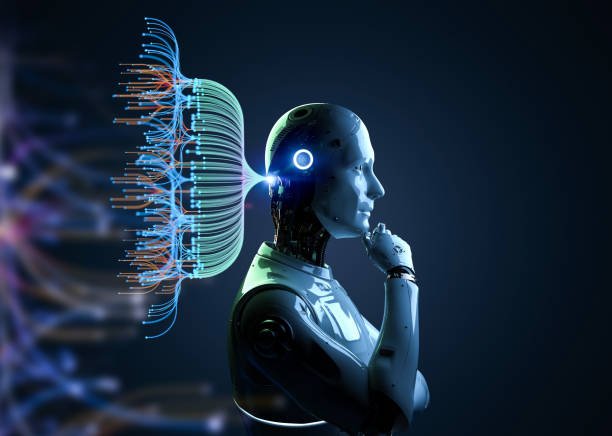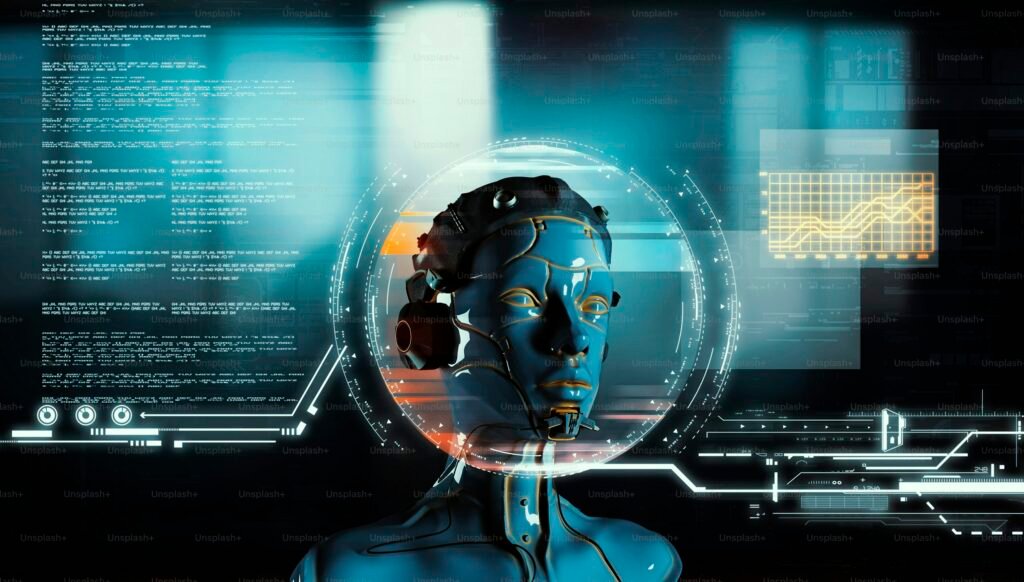In the rapidly evolving landscape of artificial intelligence, Deep Learning stands out as a pivotal force driving innovation across various sectors. As we navigate through 2025, it continues to revolutionize industries, from healthcare and finance to transportation and entertainment. This blog delves into the core concepts of deep learning, its applications, emerging trends, and the challenges it presents, providing a comprehensive overview for enthusiasts and professionals alike.
Understanding Deep Learning
Deep Learning is a subset of Machine Learning that utilizes artificial neural networks with multiple layers (hence “deep”) to model complex patterns in data. These neural networks mimic the human brain’s structure and function, enabling machines to process data, recognize patterns, and make decisions with minimal human intervention.
Key Components of Deep Learning
-
Artificial Neural Networks (ANNs): Computational models inspired by the human brain, consisting of interconnected nodes (neurons) that process data.
-
Convolutional Neural Networks (CNNs): Specialized ANNs primarily used for image and video recognition tasks.
-
Recurrent Neural Networks (RNNs): Designed for sequential data processing, such as time series analysis and natural language processing.
-
Generative Adversarial Networks (GANs): Comprise two neural networks (generator and discriminator) that work together to generate new, synthetic data resembling real data.
Applications of Deep Learning in 2025
It’s versatility has led to its integration across various domains:
1. Healthcare
The algorithms analyze medical images, predict disease outbreaks, and assist in drug discovery. For instance, neural networks can detect anomalies in radiology scans with high accuracy, aiding early diagnosis.
2. Finance
Financial institutions leverage deep learning for fraud detection, algorithmic trading, and risk assessment. By analyzing vast datasets, these models identify patterns indicative of fraudulent activities or market trends.
3. Autonomous Vehicles
Self-driving cars utilize itfor object detection, path planning, and decision-making processes, ensuring safe and efficient navigation.
4. Natural Language Processing (NLP)
This enhances NLP applications like chatbots, language translation, and sentiment analysis, enabling more natural and accurate human-computer interactions.
5. Entertainment and Media
From personalized content recommendations to deepfake technology, it transforms how content is created and consumed.

Emerging Trends in Deep Learning
As deep learning continues to evolve, several trends are shaping its future:
1. Explainable AI (XAI)
The push for transparency in AI decisions has led to the development of models that provide insights into their decision-making processes, fostering trust and accountability.
2. Edge Computing Integration
Deploying learning models on edge devices reduces latency and enhances real-time data processing, crucial for applications like autonomous vehicles and IoT devices.
3. Federated Learning
This approach allows models to be trained across multiple decentralized devices or servers, enhancing data privacy and security.
4. Transfer Learning
Utilizing pre-trained models on new tasks reduces training time and resources, accelerating the development of AI applications.
5. Synthetic Data Generation
To overcome data scarcity, synthetic data is generated to train models, especially in scenarios where real data is limited or sensitive.Investors.com
Challenges in Deep Learning
Despite its advancements, deep learning faces several challenges:
-
Data Requirements: Training the models often requires large, high-quality datasets, which may not always be available.
-
Computational Resources: This models demand significant computational power, leading to high energy consumption and costs.
-
Overfitting: Models may perform well on training data but poorly on unseen data, necessitating techniques like regularization and cross-validation.
-
Interpretability: Complex models can act as “black boxes,” making it difficult to understand their internal workings and decisions.

The Future Outlook of Deep Learning in 2025 and Beyond
As industries continue to adopt artificial intelligence at scale, Deep Learning in 2025 is proving to be more than just a technological trend—it is a foundational driver of digital transformation. Businesses, governments, and research institutions are increasingly relying on deep neural networks to unlock new efficiencies and create value. In healthcare, for example, the integration of it with genomics and personalized medicine could accelerate the development of tailored treatments for patients. Similarly, in finance, enhanced predictive analytics and real-time fraud prevention will become critical to maintaining trust and security in an era of rapid digital transactions.
Deep Learning and Sustainability
Another critical dimension shaping Deep Learning in 2025 is its potential contribution to sustainability. Industries are exploring how the models can optimize energy usage in smart grids, predict equipment maintenance to reduce waste, and even monitor environmental changes with satellite imagery. By applying this to climate modeling, researchers can improve the accuracy of long-term forecasts, helping policymakers craft better responses to global environmental challenges. Although training large models consumes significant power, innovations in energy-efficient algorithms and hardware are gradually reducing the ecological footprint of applications.
The Democratization of Deep Learning
While it was once restricted to tech giants and elite research labs, the rise of cloud platforms, open-source frameworks, and low-code tools is making it more accessible than ever. In 2025, even small businesses and individual developers can leverage pre-trained models to build powerful applications without requiring vast computational resources. This democratization is expected to accelerate innovation across sectors, empowering entrepreneurs, educators, and non-technical professionals to harness the potential of Deep Learning in solving real-world problems.
Ethical Considerations
With great power comes responsibility. As Deep Learning in 2025 becomes more embedded in decision-making systems, ethical concerns are gaining attention. Issues such as algorithmic bias, data privacy, and misuse of generative models (such as deepfakes) pose risks that cannot be ignored. Policymakers and organizations are working to establish governance frameworks to ensure fairness, accountability, and transparency. The introduction of Explainable AI (XAI) techniques also plays a key role in addressing these concerns by making this models more interpretable and trustworthy.
Skills and Workforce Transformation
The widespread adoption of deep learning is also reshaping the workforce. Professionals across industries are upskilling in areas such as machine learning engineering, data science, and AI ethics. In 2025, universities and online platforms are offering specialized courses to bridge the skill gap, preparing a new generation of talent to drive AI innovation. Companies are increasingly valuing hybrid skill sets—those who understand both technical implementation and domain-specific challenges—making Deep Learning expertise one of the most sought-after capabilities in the modern job market.
Conclusion: Shaping a Smarter Future
In conclusion, Deep Learning in 2025 stands at the intersection of opportunity and responsibility. Its transformative applications in healthcare, finance, transportation, sustainability, and beyond are shaping the future of how we live and work. Yet, addressing challenges around data, computation, ethics, and interpretability remains crucial to unlocking its full potential. By fostering collaboration between researchers, industry leaders, and policymakers, deep learning can continue to evolve responsibly, paving the way for an intelligent and inclusive digital future.



